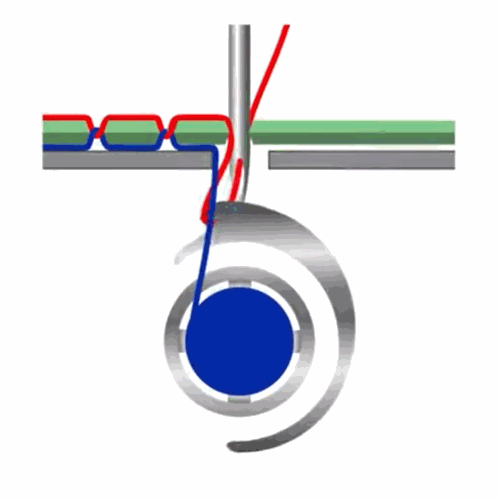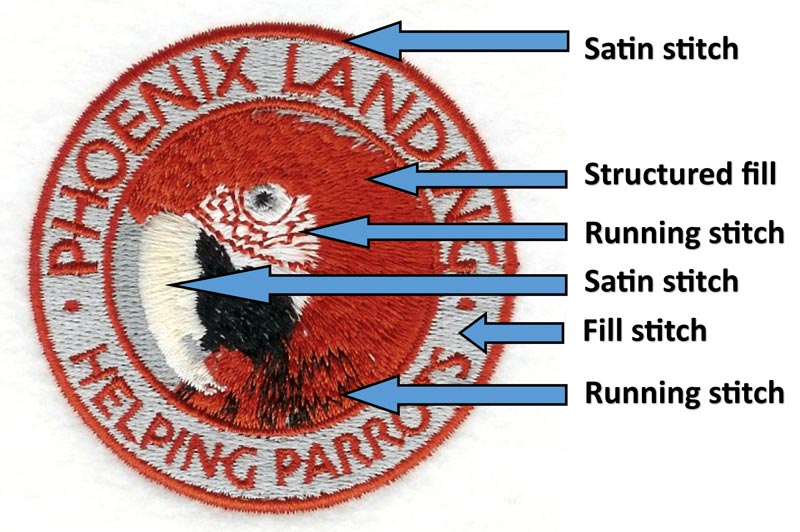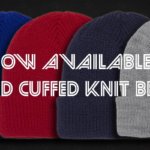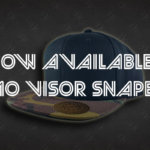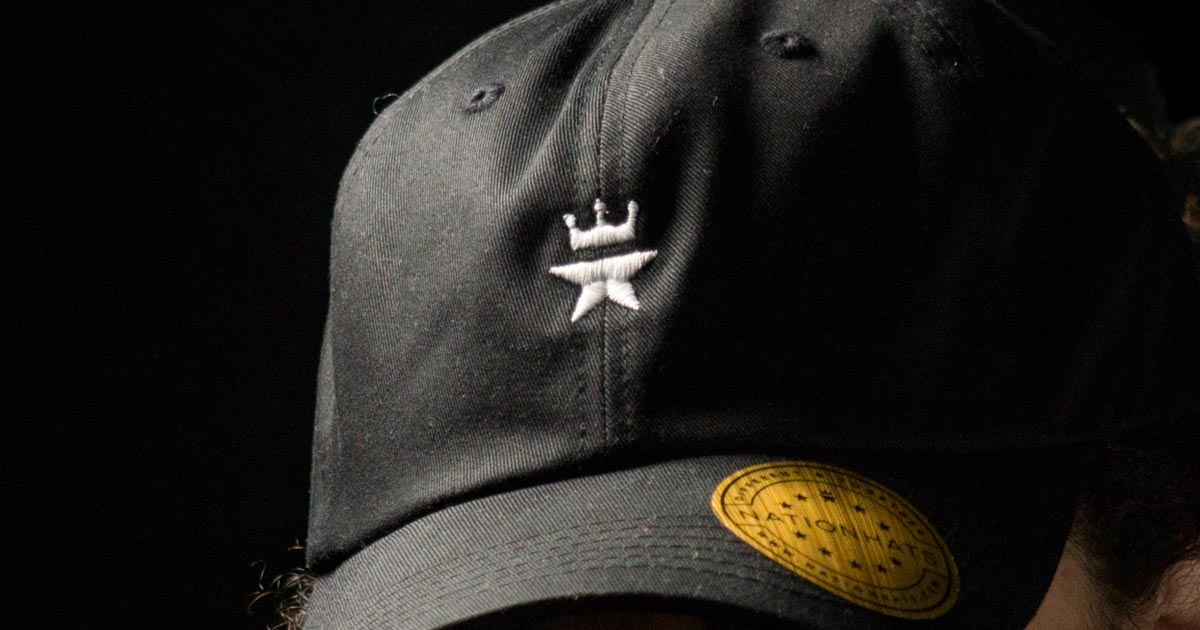
How it’s made: Flat Embroidery
One of the most ancient craft to decorate fabrics or other material using a needle to apply thread or yarn can be dated back as far as the Upper Paleolithic era (roughly 30,000 BC). It is believed that embroidery and needlework arts originated in the Orient and Middle East, where primitive humans started to realize the stitches used to attach animal skins together could be used for embellishment as well.
Fast forward a few thousand years and this handicraft evolved into various shapes and colors used by people all around the globe. The art of embroidery started with the typical flat embroidery technique that is well known today and still widely used in the fashion industry.
Despite a tremendous progress in automation thanks to modern machines, the way to lay down stitches on a fabric has stayed pretty much the same over the years. See how a typical embroidery machine has mastered this process with the animation below:
The way stitches are made on the fabric can be done in various way to achieve different purposes, like changing the texture or adding structure. Below are some of the most common stitching techniques we use for making custom hats:
-
- Fill stitch: Also known as structured fill stitch, this method consists of a series of side-by-side running stitches typically used to cover large areas. The angle and the length between each stitches can be altered to create different fill patterns. This method is rarely used with 3D embroidery as stitches are too close to each other, creating a lot of tension on the thread going through the foam.
-
- Running stitch: The most straightforward way to lay done stitches one after the other in a sequential run. The running stitch method is typically used for small details but is also the method of choice to fix patches and labels on hats.
- Satin stitch: The most commonly used method is the satin stitch technique which is formed by closely arranged zig-zag stitches. It’s the method of choice for making 3D embroidery.
